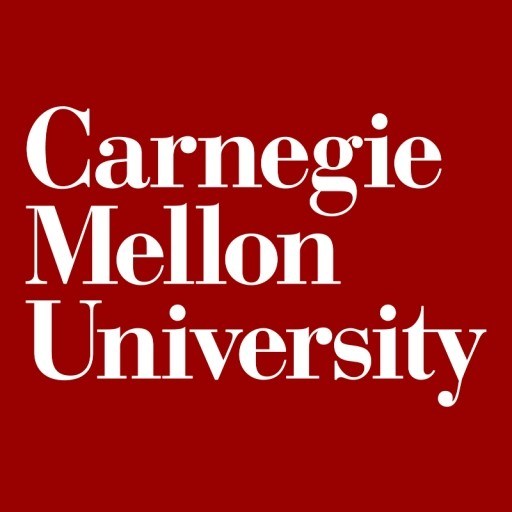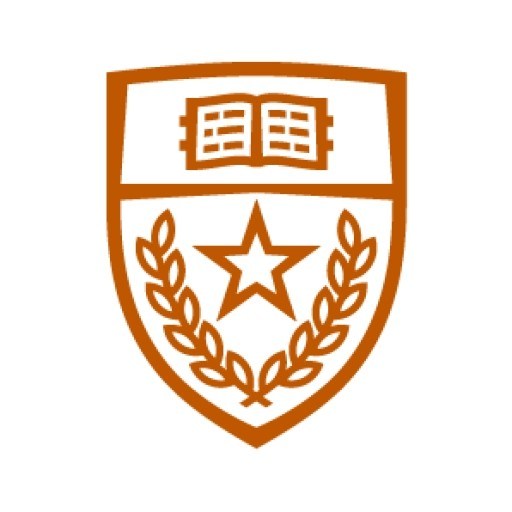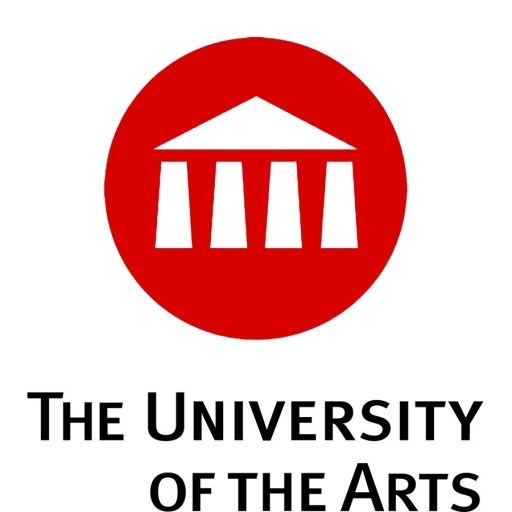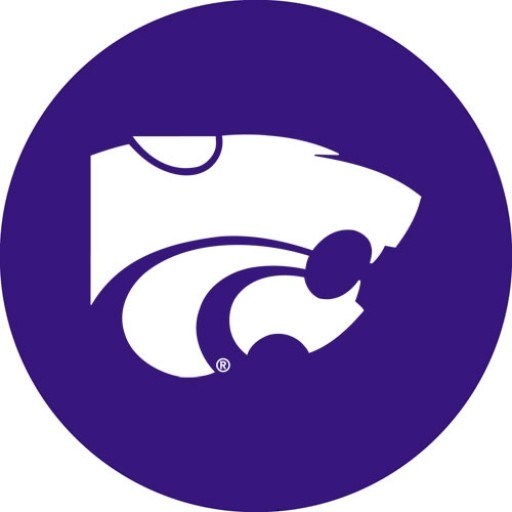Photos of university / #iowastateu
Innovation requires breaking boundaries and making connections between diverse disciplines. As a creative profession, industrial design deals with the design of innovative, sustainable and durable solutions for people, nonhumans, economy and society, which may take many forms from tangible artifacts to expansive system designs.
The Master of Industrial Design (MID) program at Iowa State University specifically emphasizes strategy and innovation with a strong focus on empathetic human-centered design research. It centers on the creation and application of new knowledge through in-depth investigations culminating in a written thesis. At the same time, students expand their design practice skills using innovative methodologies, collaboratively throughout the entire design process. Students explore, generate, transfer and implement multidisciplinary information and technologies into foundational knowledge for the discipline of industrial design.
The MID is traditionally recognized as a terminal degree in industrial design. The graduate program is designed to offer a significant mix of skills and experiences, including faculty-directed research programs, internships, international travel, industry-sponsored coursework and design teaching experience. The graduate research focuses on three main areas:
- Innovation through Design
- Design as Strategy
- Human-Centered Design
These areas are defined by the existing faculty members’ research and creative activities, and focus on developing a new type of industrial designer mastering in any one of these specializations. Program faculty have extensive expertise in:
- design thinking
- human-centered research methods
- cultural issues
- product realization
- design management
- eco-design
- social responsibility
- entrepreneurship
The MID is a 63-credit program of study, distributed across three consecutive years. Applicants are required to have design and/or engineering degrees from accredited institutions or relevant industry experience.
The definitions of the research areas are listed below with sub-categories.
Innovation through Design:
Exploring the synthesis of needs, technologies and business models and investigating methodologies to support design innovation to create sustainable competitive advantage.
- Innovation in Practice: Investigating the endeavors of designers to extend the knowledge base of design as part of their professional responsibility with the goal of exploring and generalizing knowledge based on design activities and products.
- Innovation Methodology: Studying the current design methodologies embedded in the design process and generating innovative methodologies that will speed up the process and facilitate effective communications across disciplines. How can we minimize the amount of time spent in the transition from concept generation to manufacturing? How can manufacturing constraints be transferred to the early stages of the design process? How can we help design students become effective collaborators throughout the design process? How can we support design practitioners in searching, sharing, evaluating and choosing appropriate approaches for successful innovation?
- Social Innovation: Studying new strategies, processes and solutions that meet the social needs and create social value, and educating the society for community development and health.
Design as Strategy:
Exploring strategic decision making and organizational aspects of the design process regarding the direction to choose and how to manage relationships with partners within a business. It integrates expertise from design, management, organizational processes and psychology of design-making into a systems approach. Through the lens of Design as Strategy, we see design taking a leadership role. We understand design as being holistic, incorporating all possible influences, employing all modes of processing and having its own culture of thinking and doing. In the words of Nelson and Stolterman, having its own culture of inquiry and action. We are taking a systemic approach to disseminating design outside our own domain, putting the tools and methods front and center from research to implementation.
- Entrepreneurship: Designers are the new drivers of entrepreneurialism. This research area focuses on the growing demands of the global culture and creative industries and the skills vital in today’s modern entrepreneurial and knowledge-based economy.
- Design Management: Examining companies’ design capabilities and brand strategies, and how their strategies are reflected in/on their products. How do industrial designers interact effectively with other disciplines and how do they practice management skills regarding managing people, projects, schedules and budgets among other responsibilities?
- Data VIZ: The role of data visualization is of the utmost importance in the design process. Through visualization or what we call visual sensemaking, we discover connections and identify patterns, communicate thoughts and ideas, synthesize problems, uncover facts and create possibilities. Visual sensemaking can break down barriers through low-fidelity visualizations, allowing for an all-inclusive problem identifying and solution creating environment in cross- and interdisciplinary teams.
Human-Centered Design:
The success of every innovative design solution lies in a human-centered approach to design and development. Human-centered design is a creative problem-solving approach for designing products and services that are centered on human needs. The research concentration will focus on practicing diverse ethnographic and social science methodologies for translating human needs into meaningful products and services. Innovation through human-centered design is the key for developing innovative solutions that are valuable to users, obtain competitive advantage and are environmentally and socially responsible.
- Culture-Centered Design: In this era of increasing globalization, products and services initially designed to serve only the local market are now reaching across international boundaries. Designers in this global age are agents of cultural change and should be cognizant of the impact their products have on local cultures. How can we design products that are culturally appropriate? How do global changes impact local cultural preferences? Culture-centered design provides a framework designers and researchers to integrate cultural aspects, both micro and macro, into the design and development process.
- Undergraduate degree in design or engineering fields or three-year related experience in design practice.
- Minimum undergraduate GPA: 3.0/4.0 for full admission. Below 3.0/4.0 may be considered for restricted admission but must maintain 3.0 if accepted and until degree confirmation.
- Minimum TOEFL score: 95
- GRE: Not required
- Compliance with General Graduate College requirements not outlined above.
- Research Proposal: The proposal should specify the research area on which you wish to focus with details on the objectives and deliverables to be accomplished. (See Research Areas section that follows.) This proposal should also include the names of the faculty member(s) with whom you would like to work, describing the reasons you are interested in that (those) faculty member(s)’s research portfolio. This proposal could be submitted as a 2-minute video, a 2-page written document or a 2-page visual documentation.
- Visual Portfolio: A minimum of 5-page PDF file demonstrating the visual skills of the applicant including examples of process work and problem solving.
- References: Names, email addresses and phone numbers of three references with their titles and affiliations.
- Copies of your most recent transcripts.
- Skype or Phone Interview: As needed.
- Compliance with Graduate College requirements.
Scholarships
- Graduate assistantship








